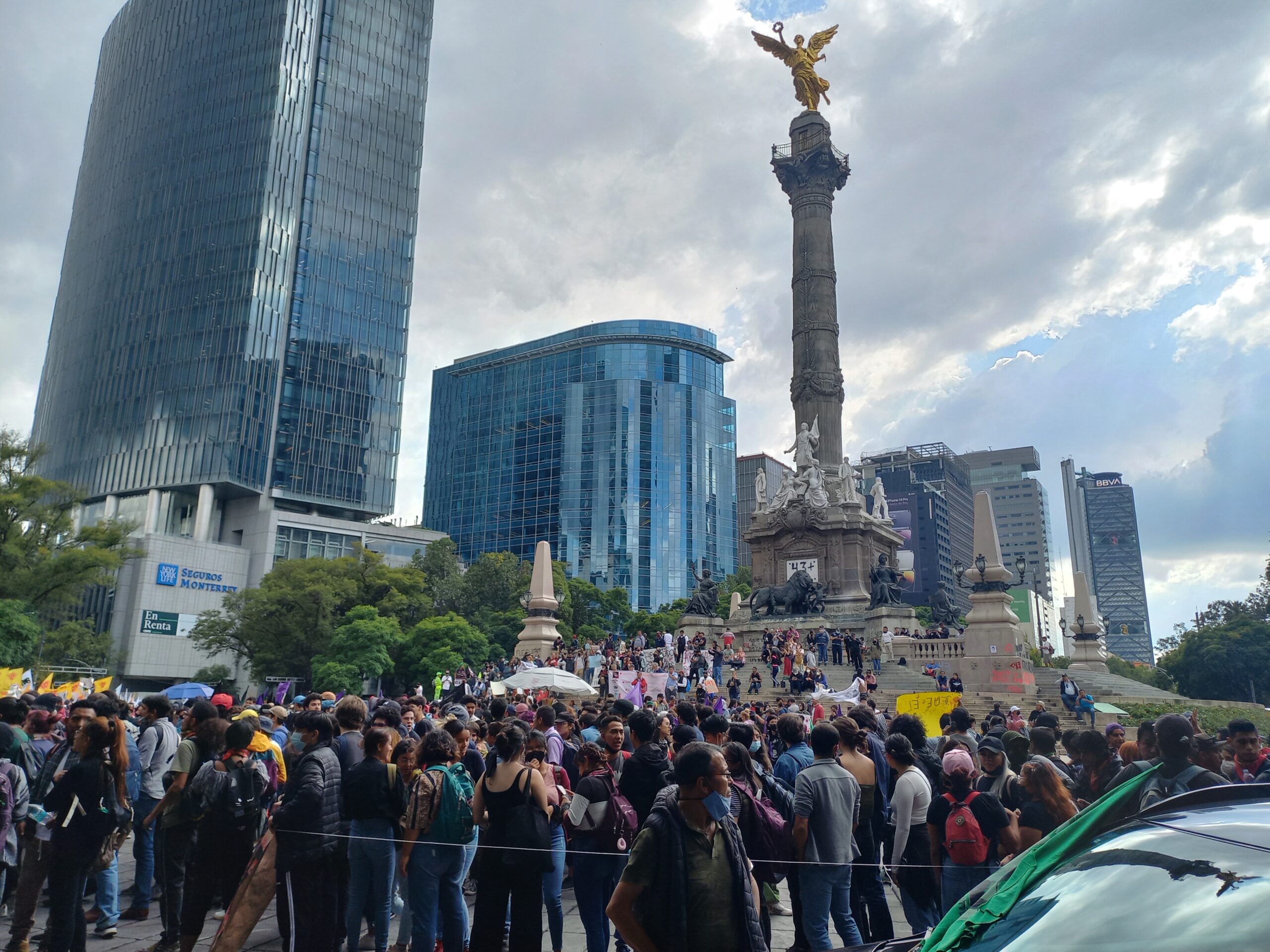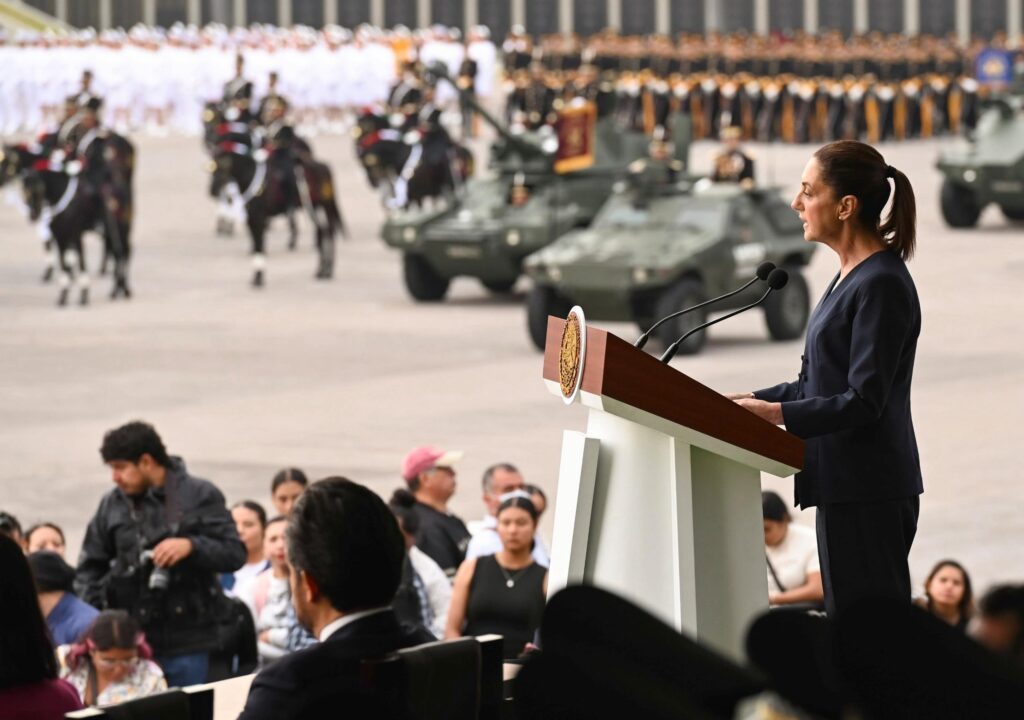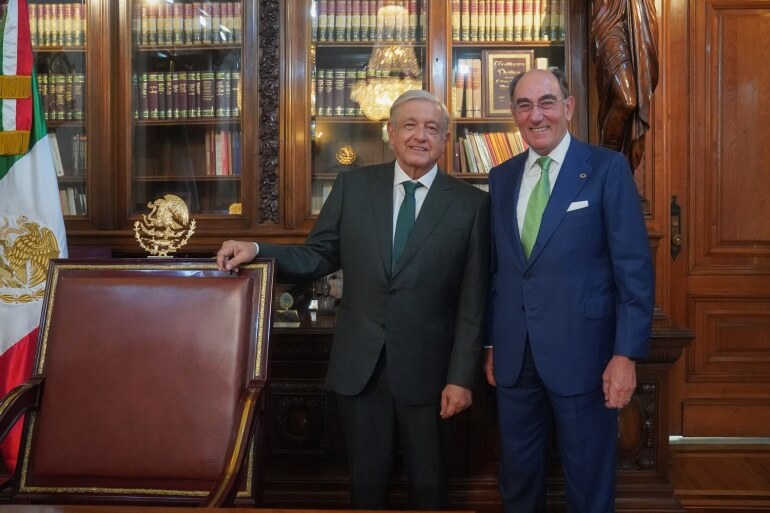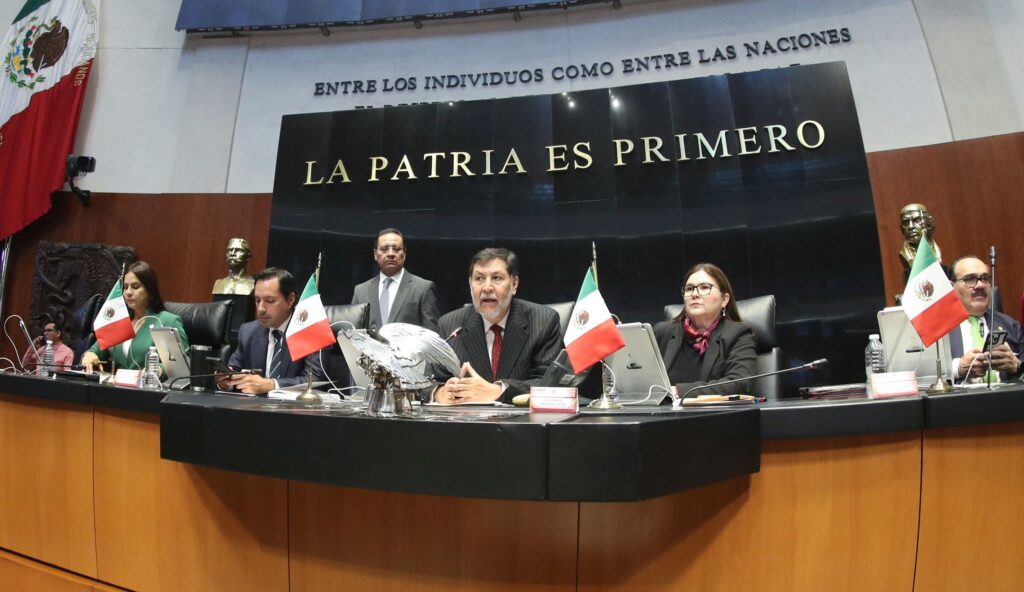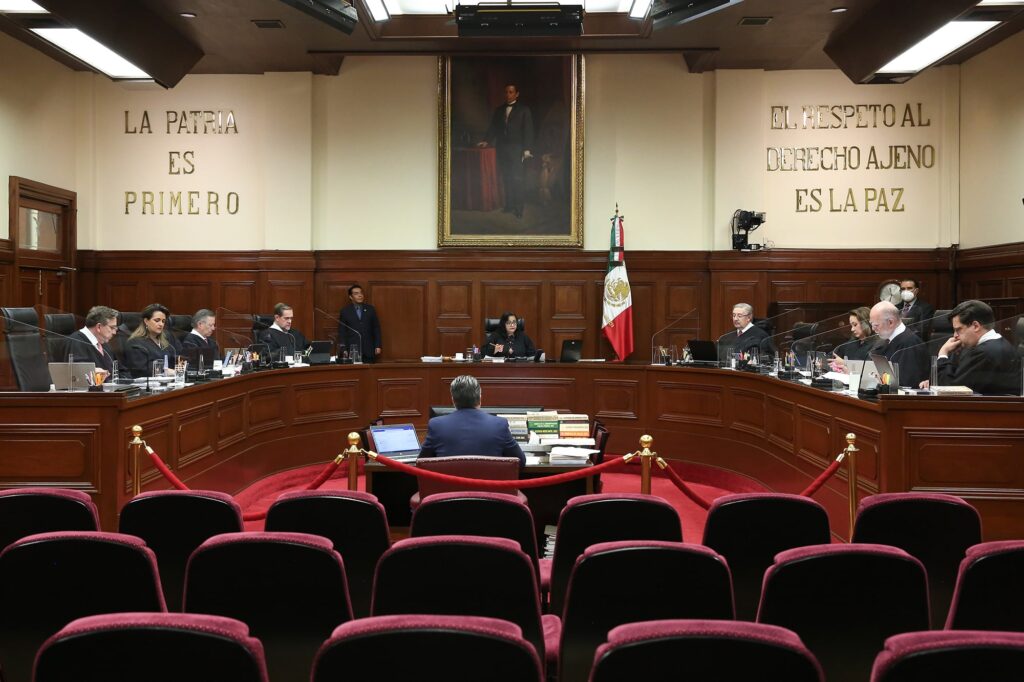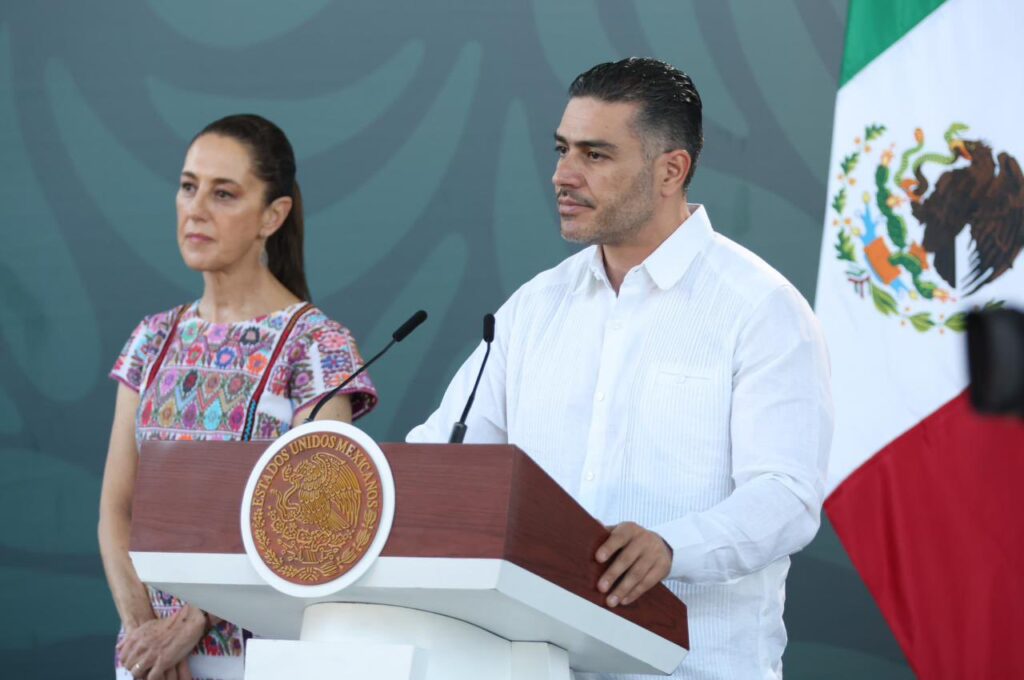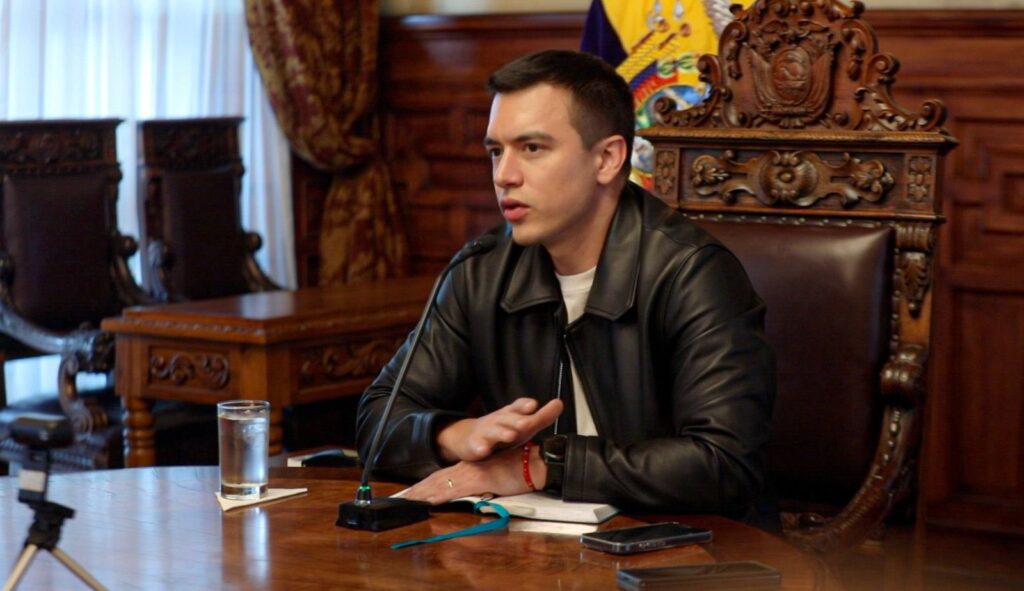Mexico City, Mexico— On August 30, the International Day of the Victims of Enforced Disappearances was commemorated globally. In Mexico, forceful disappearances have escalated into a relentless humanitarian crisis, surpassing 111,000 disappearances.
Mass demonstrations sparked to mark the grim date, with marches and protests conducted in 15 states out of the country’s 32.
In southern states such as Chiapas, where rates of missing persons have risen alongside widespread violence, collectives of relatives of disappeared persons gathered in front of the government palace, blocking the entrance to the building and detaining government workers.
In northwestern Mexico, the searching mothers, a group of mothers and relatives looking for disappeared loved ones, organized demonstrations in the state of Sonora.
In the State of Mexico, which has the country’s third-highest level of forced disappearances, relatives of the missing organized a church service and later a demonstration at the doors of the state’s government palace, denouncing the lack of efforts by authorities to investigate disappearances in the state.
Although the number of disappearances varies from state to state, the nationwide protest mirrors the ongoing crisis plaguing Mexico, where a person goes missing every hour.
Since the beginning of the century, disappearances in Mexico have increased in alarming steps. Forced disappearances at the hands of organized crime and even the authorities were fueled by the war on drugs — an armed conflict enforced by then-president Felipe Calderón (2006-2012). From then on, the number of missing persons in Mexico increased by 4,086%.
Although current Mexican President Andrés Manuel López Obrador said that there have been no disappearances during his administration, since the beginning of his government in December 2018 to date, 44,073 people have disappeared.
López Obrador now holds the record for the most forceful disappearances out of any other administration, exceeding by far the numbers reported by his predecessors. His administration accounts for 40% of the total 111,000 disappearances reported since the 1960s.
The country has seen the rise of several focal points of disappearances under different administrations.
Following Calderón’s war on drugs, the disappearances were primarily located in northeastern Mexico, in states bordering the United States, such as Tamaulipas, Coahuila, and Nuevo León. During Enrique Peña Nieto’s term as president (2012-2018), the rate of missing people experienced an outgrow in Sonora and Puebla and a higher rate of disappearances of women.
Under López Obrador, disappearances have spread to new epicenters, this time to western Mexico in Jalisco, where 8% of the cases have occurred since December 1, 2018.


